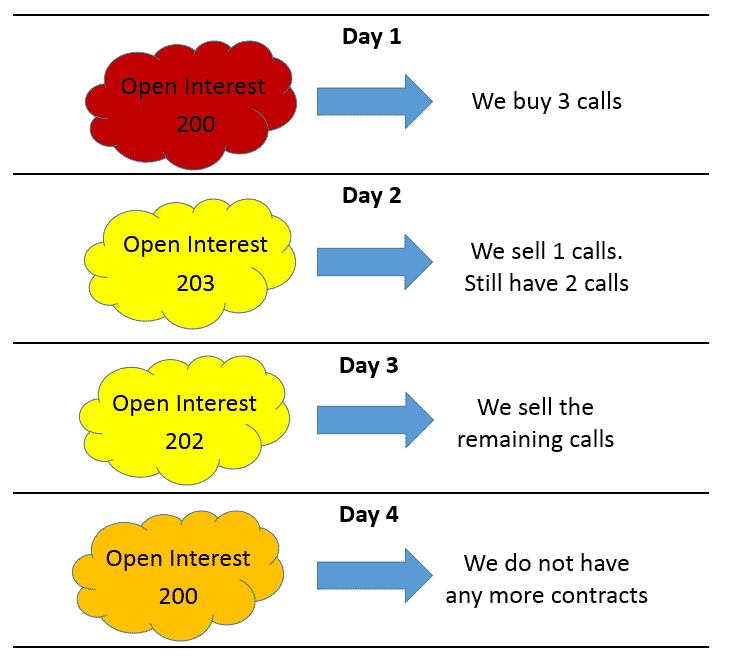Introduction:

Image: theforexscalpers.com
In the realm of investing, options trading presents a unique opportunity for profit generation. However, understanding the nuances of options trading is crucial, with volume playing a vital role. In this comprehensive guide, we delve into the intricacies of volume in option trading, empowering you with the knowledge and insights necessary to navigate this market effectively.
Defining Volume in Option Trading:
Volume, simply put, represents the number of contracts that have been traded in a specific option within a given timeframe. It serves as a key indicator of market activity, reflecting the level of demand and supply for that option. High volume indicates significant buying or selling pressure, while low volume suggests a lack of interest or liquidity.
Significance of Volume in Option Trading:
Volume provides traders with valuable insights into market sentiment and potential price movements. High volume during periods of rising prices suggests increasing buyer interest and a potential rally. Conversely, high volume during declining prices indicates increased selling pressure and a downtrend.
Volume can also be used to gauge the liquidity of an option. High volume typically translates to a liquid market, where traders can easily enter or exit positions. In contrast, low volume markets can be illiquid, making it difficult to execute trades at favorable prices.
Volume and Volatility:
Volume and volatility are closely intertwined. High volume often accompanies high volatility, indicating significant price fluctuations. This is because traders tend to trade more actively in options with higher price swings. Conversely, low volume usually coincides with periods of low volatility and stable prices.
Using Volume in Trading Strategies:
Traders utilize volume analysis to inform their trading decisions. Some common strategies include:
- Buying options with high volume and rising prices, expecting a continuation of the upward trend.
- Selling options with high volume and declining prices, anticipating a decline.
- Avoiding options with low volume, as they may present liquidity challenges or false signals.
Tracking Volume Data:
Tracking volume data is essential for option traders. Various sources provide real-time and historical volume data, including online trading platforms, financial news websites, and aggregators like TradeStation or Bloomberg Terminal.
Expert Insights:
“Volume analysis is a crucial aspect of option trading,” says Mark Douglas, a renowned trading coach. “It helps traders identify trends, assess liquidity, and make informed decisions.”
Conclusion:
Volume in option trading is a powerful tool that empowers traders to understand market sentiment, assess liquidity, and identify potential trading opportunities. By incorporating volume analysis into their trading strategies, traders can increase their chances of success and make informed decisions in this dynamic market.

Image: www.youtube.com
What Is Volume In Option Trading

Image: warsoption.com






